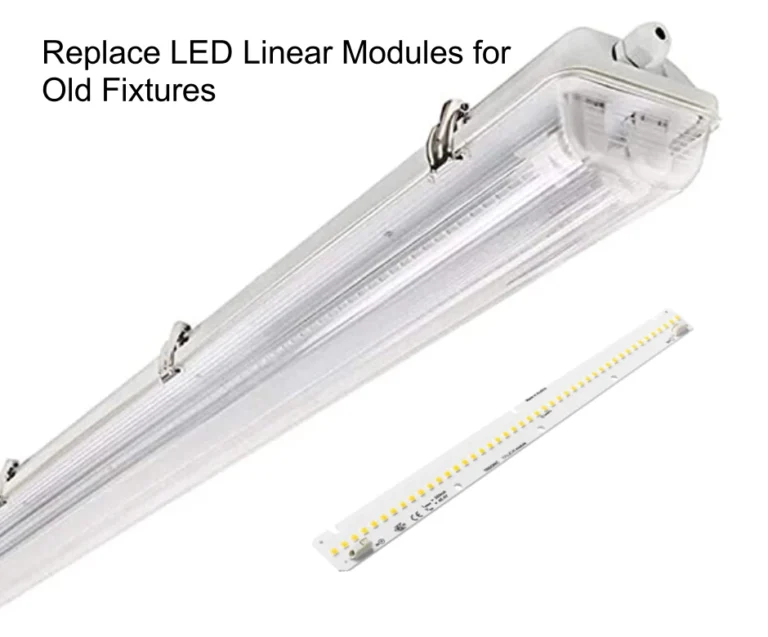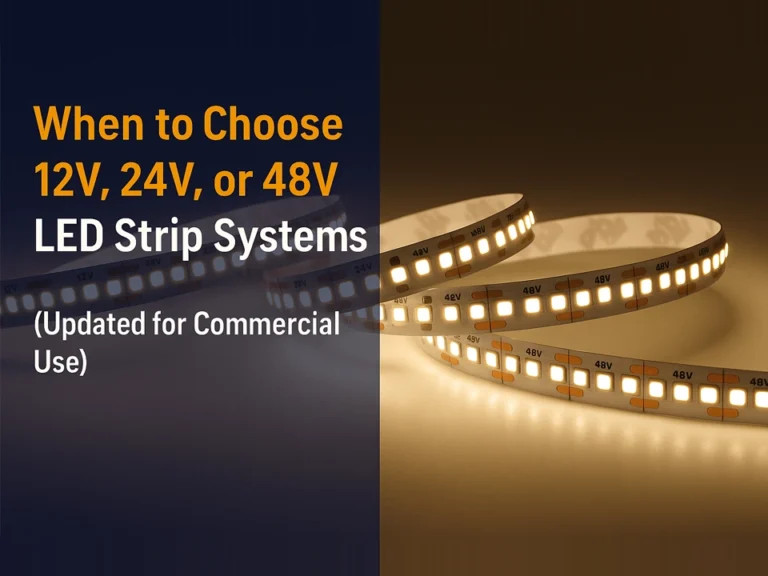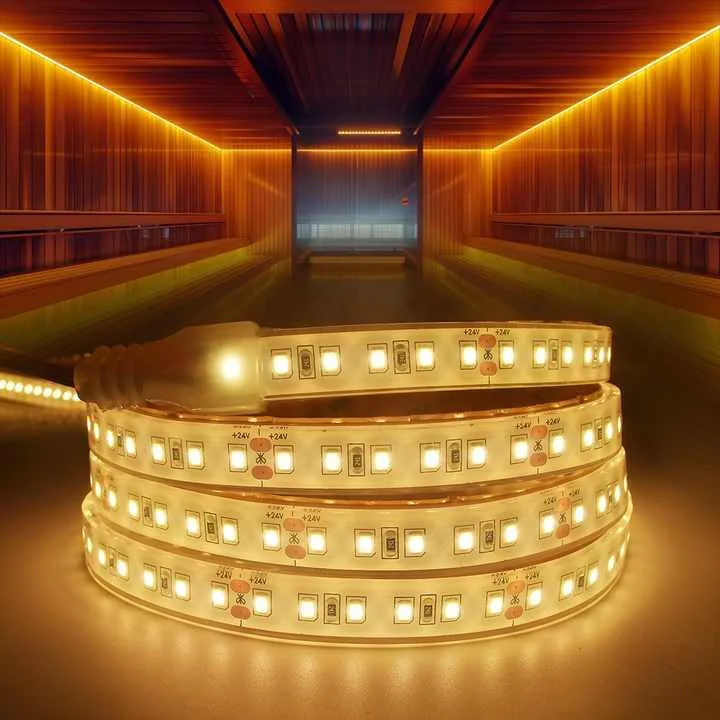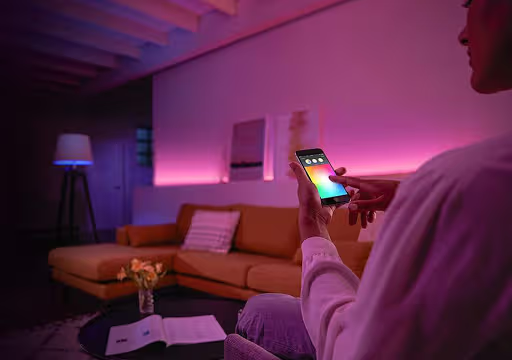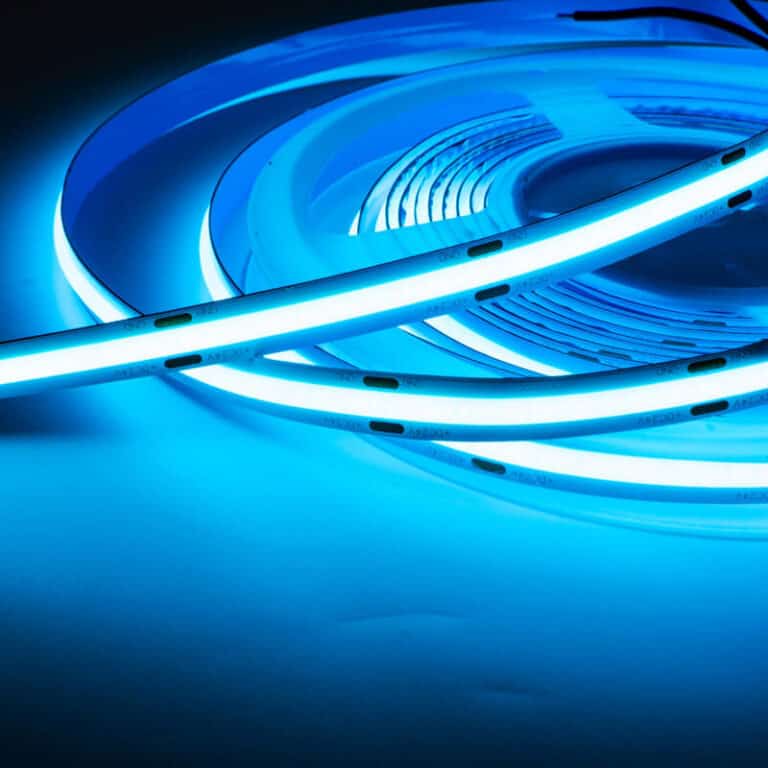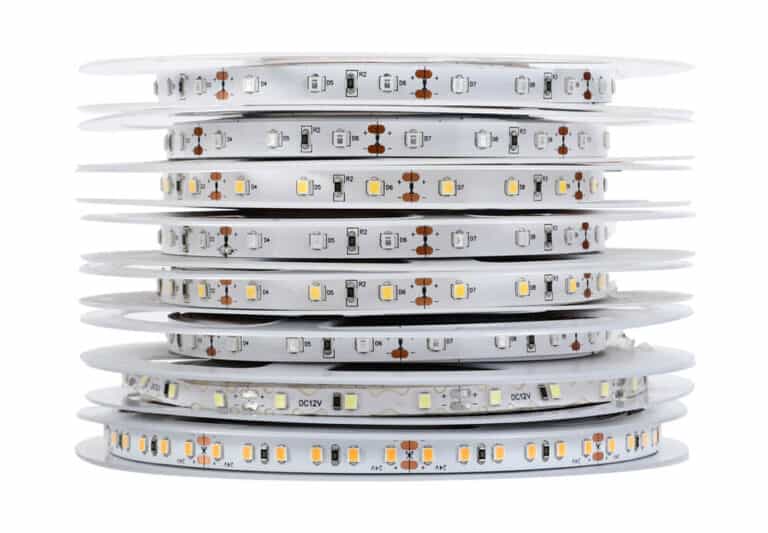Luzes à prova de LED Tri-Proof - também conhecidas como luminárias de LED à prova d'água, luzes à prova de vapor, luzes LED à prova de poeira ou luz de sarrafo - são amplamente utilizadas em ambientes exigentes, como fábricas, armazéns, garagens de estacionamento e estações de metrô. Seu nome “Tri-Proof” refere-se à proteção contra água, poeira e corrosão, tornando-os uma escolha confiável para iluminação industrial e comercial. No entanto, até mesmo o dispositivo mais durável pode falhar se não estiver instalado corretamente. Montagem inadequada, fiação solta ou vedação impermeável deficiente podem levar a riscos de segurança, redução da eficiência da luz e manutenção cara. É por isso que seguir um guia de instalação de luz triproocupante com LED transparente é crucial. Neste artigo, veremos instruções de instalação passo a passo e dicas de solução de problemas, ajudando você a obter um sistema de iluminação seguro, duradouro e eficiente em termos de energia.
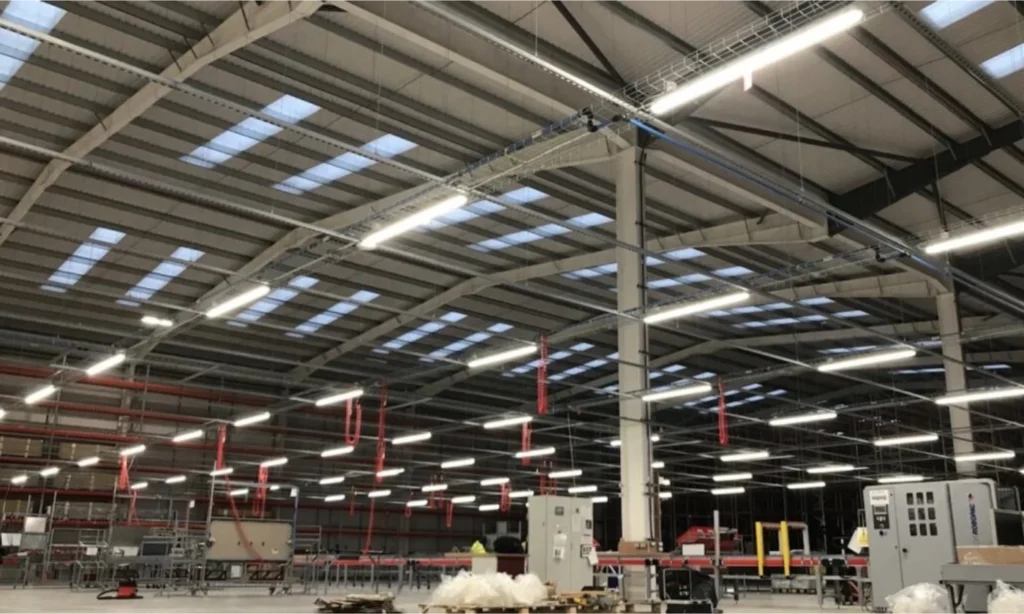
Preparação antes da instalação
1. verificação do ambiente
Antes de instalar um Luz à prova de LED tri-protetor, inspecione cuidadosamente o ambiente. Certifique-se de que a superfície esteja estável, seca e livre de poeira ou óleo excessivo. Verifique os níveis de umidade e temperatura para confirmar que atendem às especificações do aparelho, o que ajuda a manter o desempenho à prova d'água e poeira.
2. Preparação de materiais e ferramentas
Reúna todos os itens necessários antes de começar. Isso inclui a luminária à prova de LED, suportes de montagem, parafusos, conectores à prova d'água e tampas das extremidades. As ferramentas essenciais geralmente incluem uma broca, uma chave de fenda, um alicate e uma fita isolante. Ter tudo pronto garante um processo de instalação suave e eficiente.
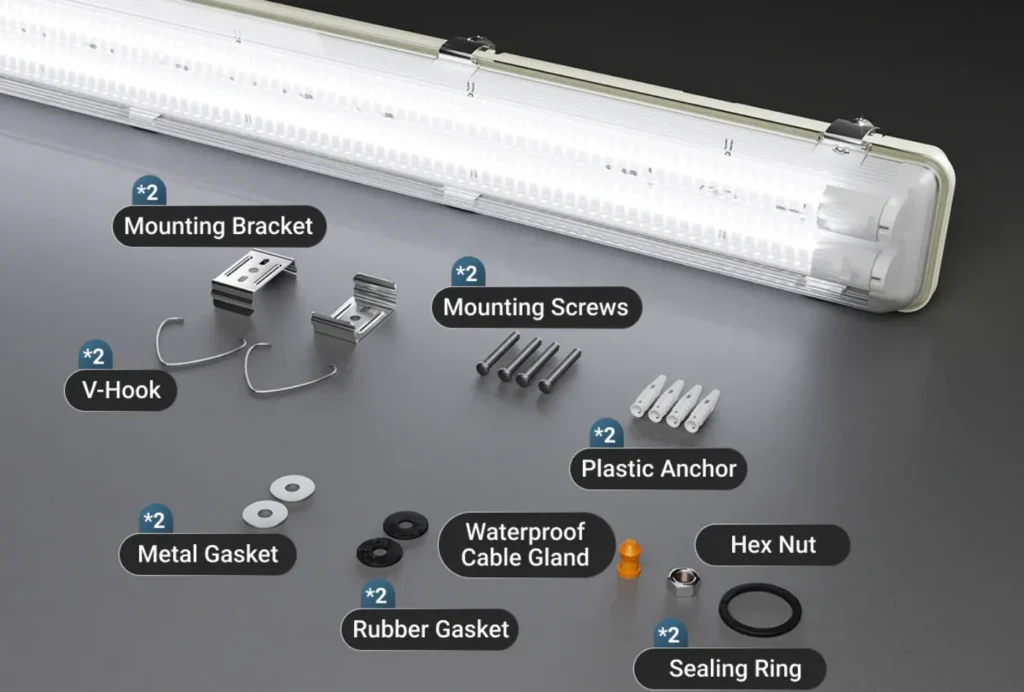
3. Precauções de segurança
Sempre corte a fonte de alimentação principal antes de conectar. Use ferramentas isoladas e use luvas de proteção para evitar acidentes. Verifique se todas as conexões elétricas estão em conformidade com os padrões locais. A priorização da segurança na fase de preparação garante uma instalação de luz LED tri-proofável de LED confiável e duradouro.
Métodos de montagem passo a passo
Instalação montada na superfície
- Meça o comprimento da luz de três LEDs e marque as posições de perfuração no teto ou na parede.
- Faça os furos nos pontos marcados, certificando-se de que a profundidade corresponda aos plugues de expansão.
- Insira os plugues de expansão nos orifícios perfurados.
- Fixe os suportes de montagem de metal com parafusos, apertando-os com firmeza para evitar o movimento.
- Alinhe a luminária com os suportes instalados.
- Pressione suavemente o acessório nos suportes até que ele clique com segurança no lugar.
- Conecte o cabo de alimentação à prova d'água de acordo com o diagrama de fiação.
- Verifique novamente a estabilidade e o alinhamento antes de passar para a próxima etapa.
instalação suspensa
- Marque dois pontos de suspensão no teto, garantindo que eles correspondam ao comprimento do dispositivo.
- Faça furos e insira os plugues de expansão nas posições marcadas.
- Aparafuse os ganchos da suspensão ou instale as âncoras do fio de aço com firmeza.
- Ajuste o comprimento das correntes penduradas ou cabos de aço para a altura de instalação desejada.
- Prenda ambas as extremidades do kit de suspensão aos clipes de montagem do acessório.
- Prenda a luz para evitar balanços ou equilíbrios irregulares.
- Teste a estabilidade puxando suavemente o acessório antes de ligar.
- Conecte a fiação impermeável com cuidado, certificando-se de que os anéis de vedação estão bem apertados.
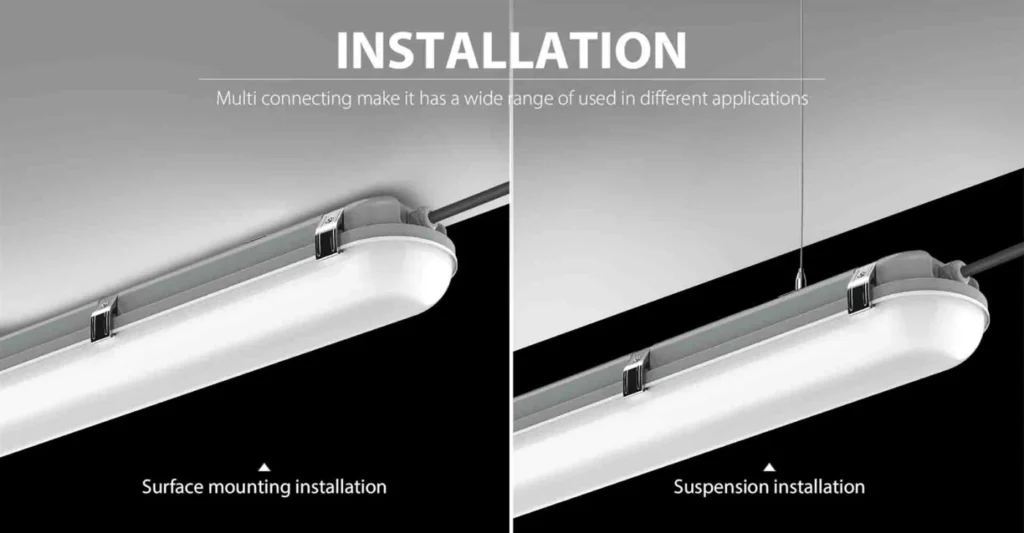
Conselhos de instalação
Mantenha o nível de fixação durante a instalação para garantir uma iluminação uniforme.
Evite apertar demais parafusos ou suportes para evitar danos ao alojamento.
Não coloque os acessórios diretamente sob jatos de água fortes, a menos que seja nominal IP66 ou superior.
Sempre confirme se todos os conectores e vedações estão totalmente bloqueados para manter a proteção à prova d'água.
| Tipo de instalação | Passos-chave | Aplicação típica |
| montado na superfície | Perfuração → Fixe os suportes → encaixe na luz → Conecte a fiação | Garagens de estacionamento, corredores |
| suspenso | Perfuração → Instale os ganchos → Ajuste as correntes → Pendure o acessório → Conecte a fiação | Armazéns, fábricas, salões |
Fiação e conexões à prova d'água
Métodos de fiação
Ao instalar uma luz de LED triproocupante, a fiação pode ser feita por meio de entrada única ou de duas extremidades, dependendo dos requisitos do projeto. A entrada de extremidade única é comum em instalações menores, enquanto a entrada de duas extremidades é adequada para corridas mais longas ou conexões de cadeia de margaridas. Sempre verifique a tensão do aparelho, seja AC220V, AC277V ou padrões industriais superiores, como AC347V ou AC480V, para evitar problemas de alimentação de alimentação incompatíveis.
Conexões à prova d'água
Um fator chave na manutenção da proteção IP65 ou IP66 está nos conectores. Use prensa-cabos à prova d'água de alta qualidade e certifique-se de que os anéis de vedação estão apertados corretamente. A aplicação de fita isolante ou um anel de silicone em torno de áreas vulneráveis pode fornecer proteção secundária. O aterramento adequado também é necessário para garantir a segurança e a estabilidade elétricas.
Preocupações comuns de fiação
Conexões soltas são a causa mais comum de falhas, como cintilação, curto-circuitos ou até mesmo ingressos de água. Para evitar esses problemas, sempre verifique se os fios são desmontados no comprimento certo, inseridos totalmente e com segurança. Tomar um cuidado extra nesta fase garante uma instalação de luz LED tri-proof confiável e duradoura.

Verificando e testando e solucionando problemas
checagem
Antes de ligar, faça uma inspeção cuidadosa para garantir uma instalação segura e protegida. Confirme se todos os fios elétricos estão conectados firmemente e que o isolamento está devidamente aplicado para evitar curtos-circuitos. Verifique se a luz de LED triprotetora foi fixada firmemente em suportes ou kits de suspensão, sem conexões soltas. Para instalações suspensas, verifique se a altura de suspensão é uniforme para manter uma iluminação uniforme. Finalmente, certifique-se de que a tampa do difusor do PC esteja totalmente travada no lugar para garantir um desempenho à prova d'água e poeira.
prova
Após a inspeção, ligue a alimentação para testar o acessório. Confirme se a luz de LED triprotetora acende imediatamente e oferece um brilho consistente. Observe atentamente para qualquer sons bruxuleantes, escurecidos ou incomuns do motorista. Esta etapa garante que as conexões elétricas e mecânicas estejam corretas antes que as luzes sejam colocadas em uso diário.
solução de problemas
Se ocorrerem problemas durante o teste, considere os seguintes casos comuns:
Luz não acende → Verifique se a fiação está conectada corretamente ou se a fonte de alimentação está com defeito.
Problema de cintilação → Inspecione se o motorista tem um contato ruim com a placa de LED ou confirme se a tensão de saída do motorista corresponde aos requisitos do módulo LED.
Condensação ou umidade interna → Certifique-se de que a tampa do difusor esteja bem travada e que a entrada do cabo esteja totalmente selada com conectores à prova d'água.
A verificação, testes e solução de problemas adequados maximizarão a segurança e a vida útil da instalação de luz LED tri-proocupada.
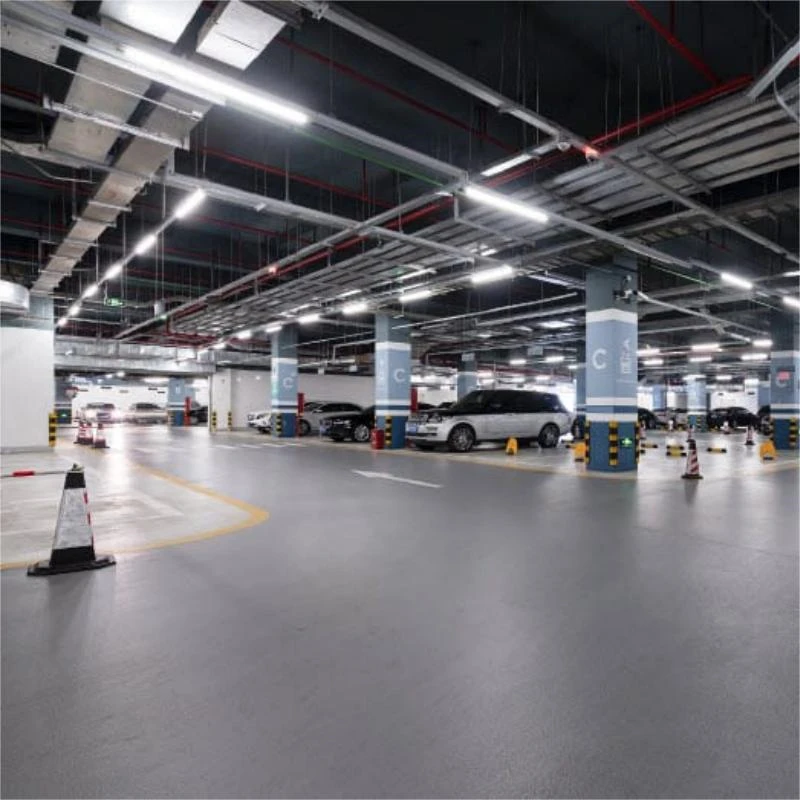
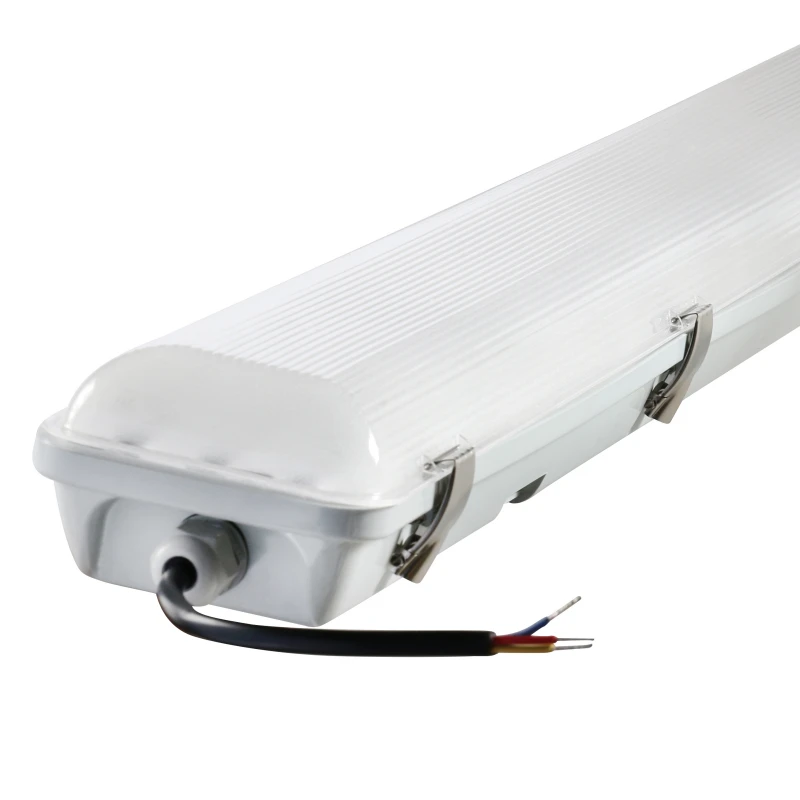
Conclusão
A instalação adequada, a fiação cuidadosa e os testes completos são as chaves para garantir que as luzes LED triproocupadas ofereçam um desempenho confiável em ambientes exigentes. Seguindo as etapas recomendadas e aplicando os métodos de solução de problemas quando necessário, os usuários podem evitar problemas comuns, como cintilação, falha de energia ou entrada de água. Um sistema bem instalado não só aumenta a segurança, mas também reduz os custos de manutenção a longo prazo.
Na Signliteled, todas as luzes triproo que produzimos passam por uma inspeção e testes rigorosos para garantir que não haja falhas de energia ou problemas de impermeabilização. Nossos produtos são projetados com flexibilidade em mente - eles suportam conexões em cadeia para projetos de grande escala e também podem ser combinados com soluções de fornecimento de energia de emergência para maior segurança. Se você precisa de acessórios duráveis para fábricas, armazéns ou garagens de estacionamento, a Signlited oferece iluminação LED triprofissional profissional, confiável e personalizável para atender aos requisitos do seu projeto. Se você tiver sua luminária à prova de tri-prova privada, você também poderá obter personalizados módulo linear LED De nós, contacte-nos hoje para fornecer a granel e suporte técnico personalizado.
